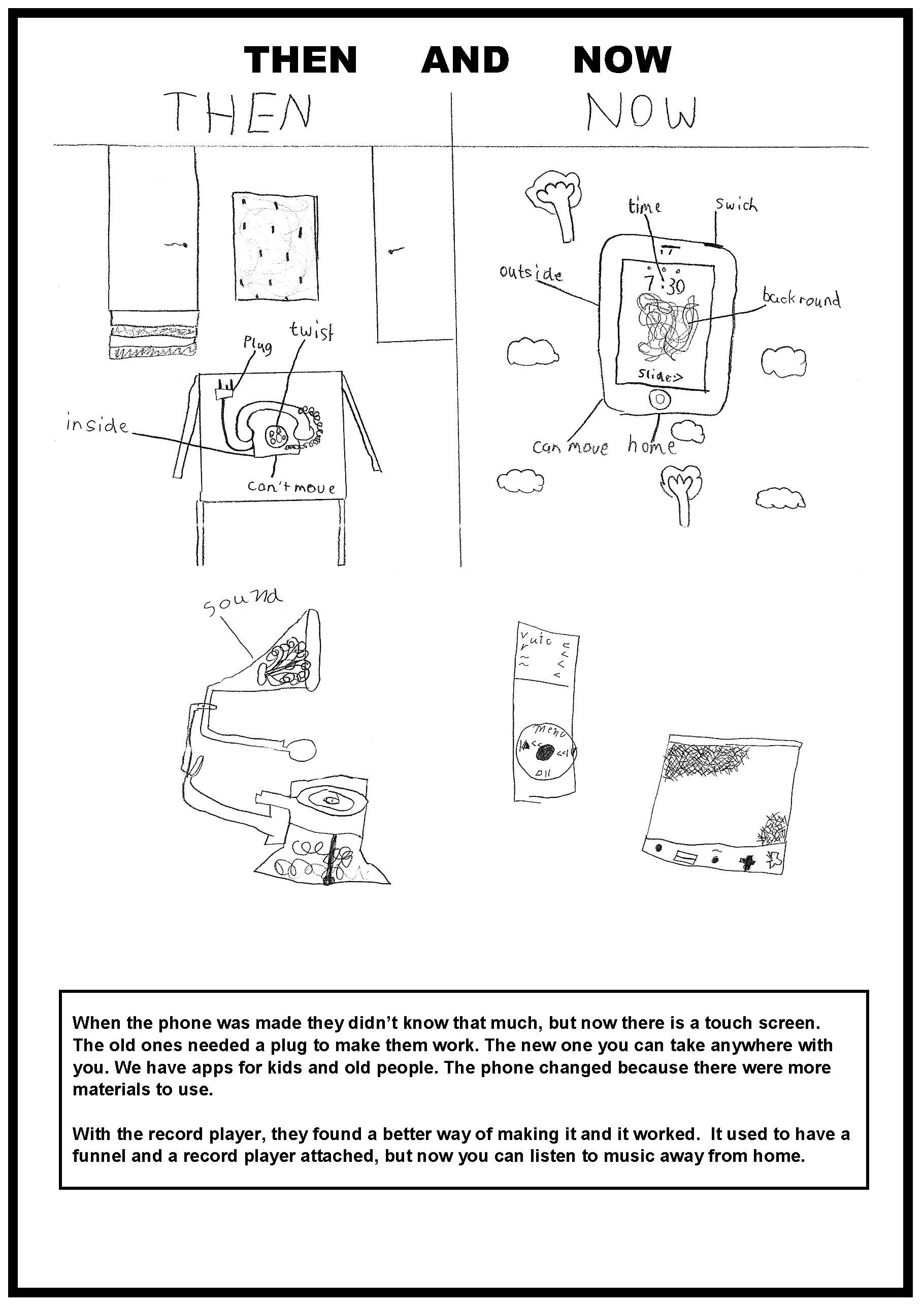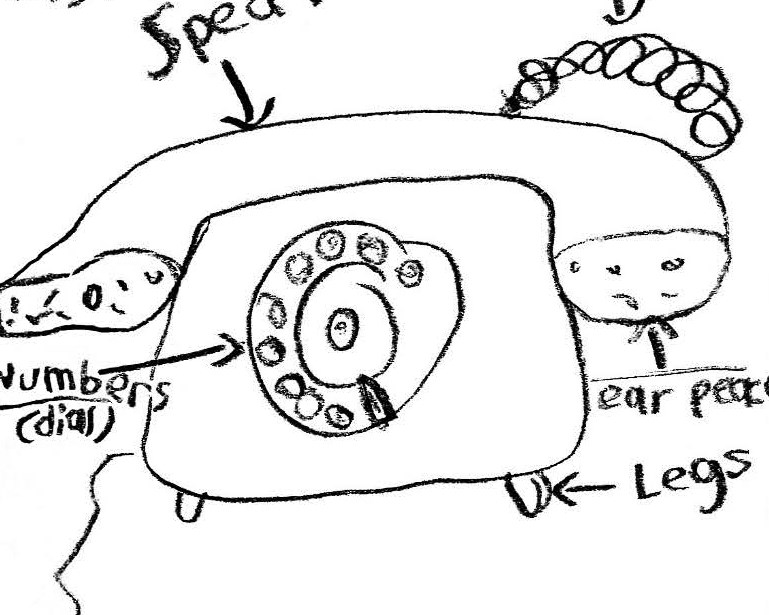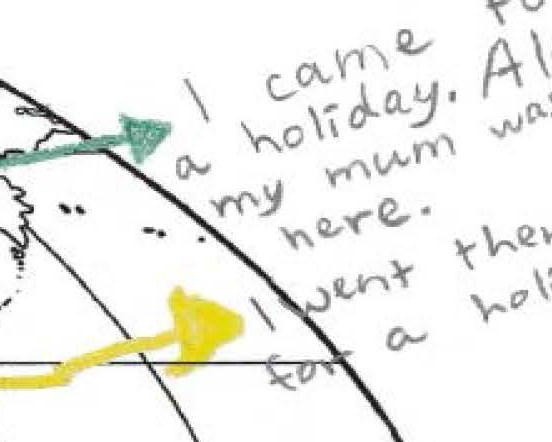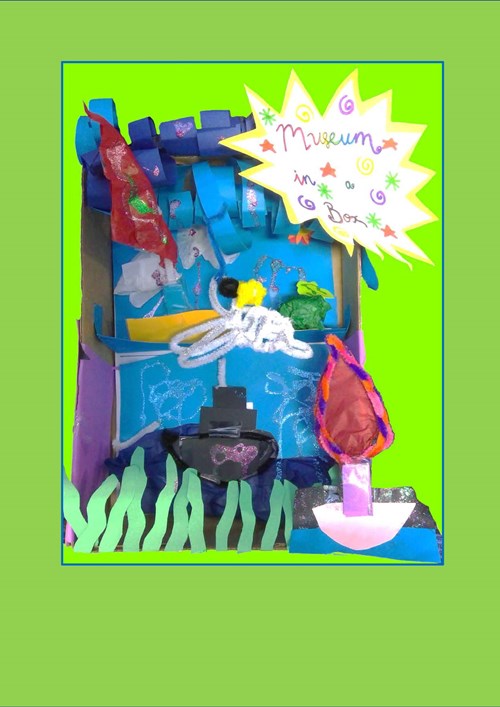Then and now
Summary of task
Students examined teacher-provided examples of current and past communication and entertainment devices. Students created labelled diagrams to indicate the key features of functions of each device. Students then spoke to another student in the class about the similarities and differences they had observed in the objects. These conversations were recorded by the teacher and transcripts are included as part of each work sample. The entire task took place in class over two 50-minute lessons.
Achievement standard
By the end of Year 2, students describe a person, site and/or event of significance in the local community. They identify how and why the lives of people have changed over time while others have remained the same.
Students sequence events in order, using a range of terms related to time. They pose questions about the past and use sources provided to answer these questions and to identify a point of view. They compare objects from the past and present. Students develop a narrative about the past using a range of texts.






